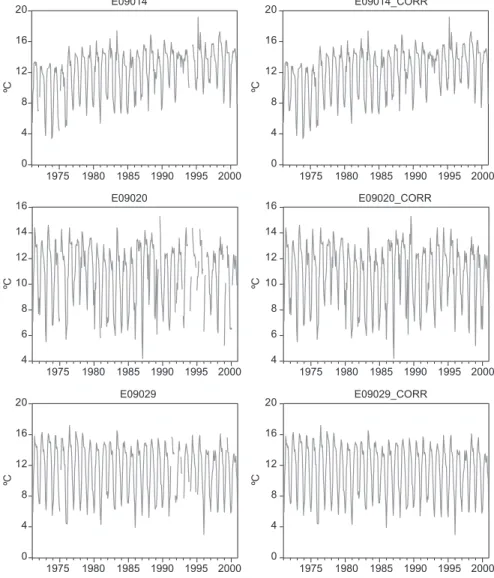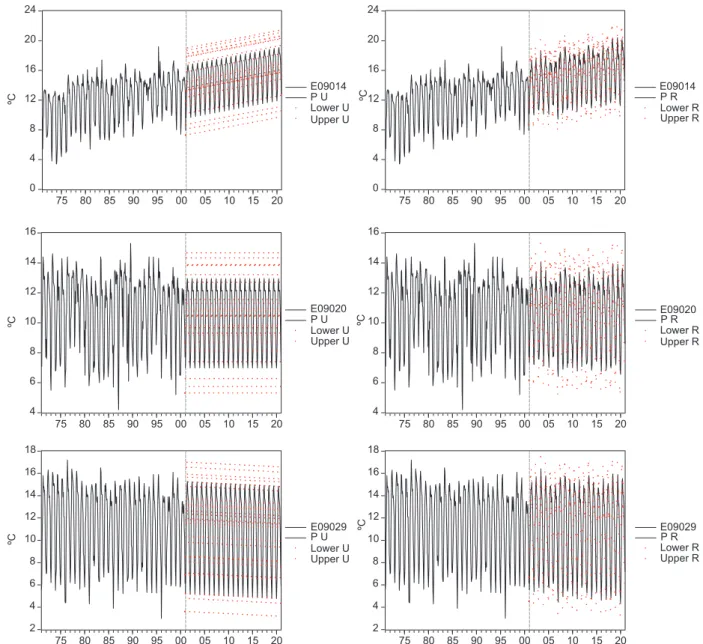A new methodology for building local climate change scenarios: A case study of monthly temperature projections for Mexico City
Full text
Figure




Related documents
Keywords: constituent transport, river, pollution, diffusion, dispersion, turbulence, modeling, tracer test, transient storage, dead-zone
When the puppy is taken out to play, it is wise to leave the house by another door and avoid taking him near his scent post.. Never play with your pup until after he has been taken
Traits of plant communities in fragmented forests: The relative influence of habitat spatial configuration and local abiotic conditions. How well is current plant trait
Ability to view taxonomy elements by linkbase hierarchies (presentation, calculation or definition) or alphabetically with namespace identification; with mouseOver or another tool
South American sector of the margin from the latest Proterozoic to the late Palaeozoic 109.. on the basis of palaeomagnetic data, and a brief review of this sector was presented in
Morone (1989) also noted that technology provides a firm the opportunity of a source of competitive advantage thus he added that strategic management in firms should respond to this
Deges Genealogy Genealogy Wise Surname Groups DeGrada Genealogy Genealogy Wise Surname Groups DeGryse Genealogy Genealogy Wise Surname Groups
Sexual difficulties after treatment for gynaecological malignancy have received increased attention in recent years, with studies reporting prevalence rates ranging from 50 to 80%




